YEREVAN, OCTOBER 19, / 24News /. For several days, civil clashes have been taking place in Lebanon, mainly due to the country’s difficult economic situation. According to media reports, two people were killed as a result of the clashes. 24News was able to inquire about the state of affairs in Lebanon and the Armenian community by speaking with Social Democratic Hunchakian Party Central Committee member and Lebanese citizen Mr. Aleksan Keushkerian.


– Mr. Keushkerian, what is the reason for the mass riots in Lebanon?
- All this is a consequence of long accumulated problems. The Lebanese government debt exceeds $110 billion, the country’s budget for many years has not been balanced, as a result of which the country is in an economic downfall. To overcome the crisis, the country’s cabinet of ministers introduced new and increased taxes. Most interestingly, the tax on every first message of WhatsApp messages of 20 cent. By law, the government has no right to such an initiative, and the 20 cent tax sparked a wave of demonstrations. In fact, this was the primary motive, and over time the protests became widespread because of the distrust between Lebanese citizens and the state. As a result, three days ago, large-scale protests began, ensuing in clashes and resulting in casualties. The demonstrations are all over Lebanon. They are mainly concentrated in Beirut and in the central parts of the capital, but there are also protests in all the highways linking the country. I can say in my personal opinion that about half a million people participated in one day.
– Who is leading this movement?
- The movement is mostly spontaneous. It is not the parties or political forces that organize these demonstrations. That is why in some places there are clashes with law enforcement. However, looking at Lebanon’s overall current political picture, it can be said that in a veiled way, the movement is supported by the Lebanese Forces, the Lebanese Socialists, the Lebanese Socialist Progressive Party and their allies. However, to be fair, it must be emphasized that the movement is spontaneous, and all ethnic and religious communities are participating in it.


– What is the situation in the Armenian-populated regions of Lebanon?
- The situation in the Armenian regions is more restrained, but this does not mean that Armenians are not affected by the political situation in the country. Yesterday, a protest demonstration took place on Armenia Avenue, which runs through the neighborhoods of Nor Hadjin and Khalil Badawi where Armenian youth blocked the roads and expressed their solidarity. In the other Armenian-populated region, Burj Hammoud was more peaceful, though the entrances and exits were closed. There are no clashes in our regions, clashes are limited and are mainly centered at government buildings in Beirut. I repeat, the main issue is an economic one, associated with an increase in taxes. The demands of people are domestic and social in nature; the protesters are not interested in foreign policy issues. Yet, the protests have caused life in Lebanon to be paralyzed.

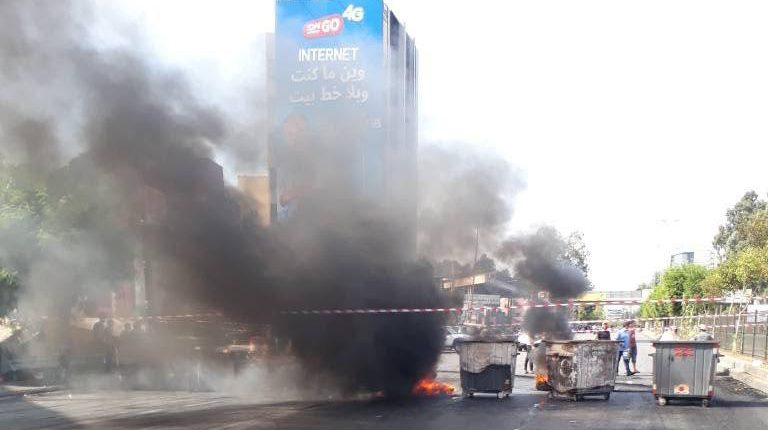
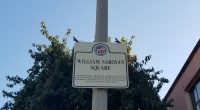
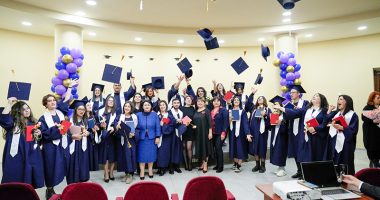
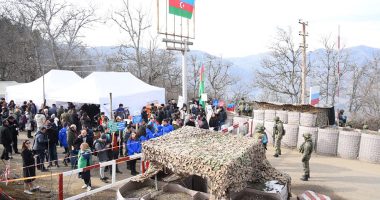
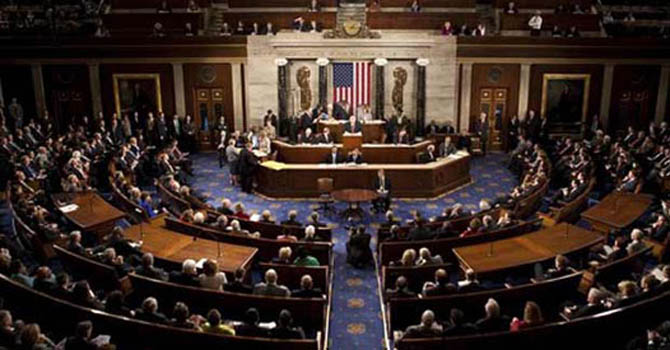
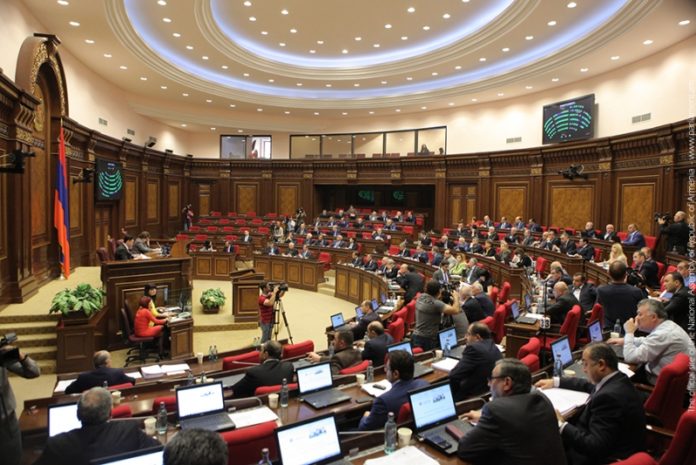
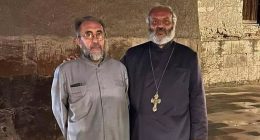



1 comment
Pure